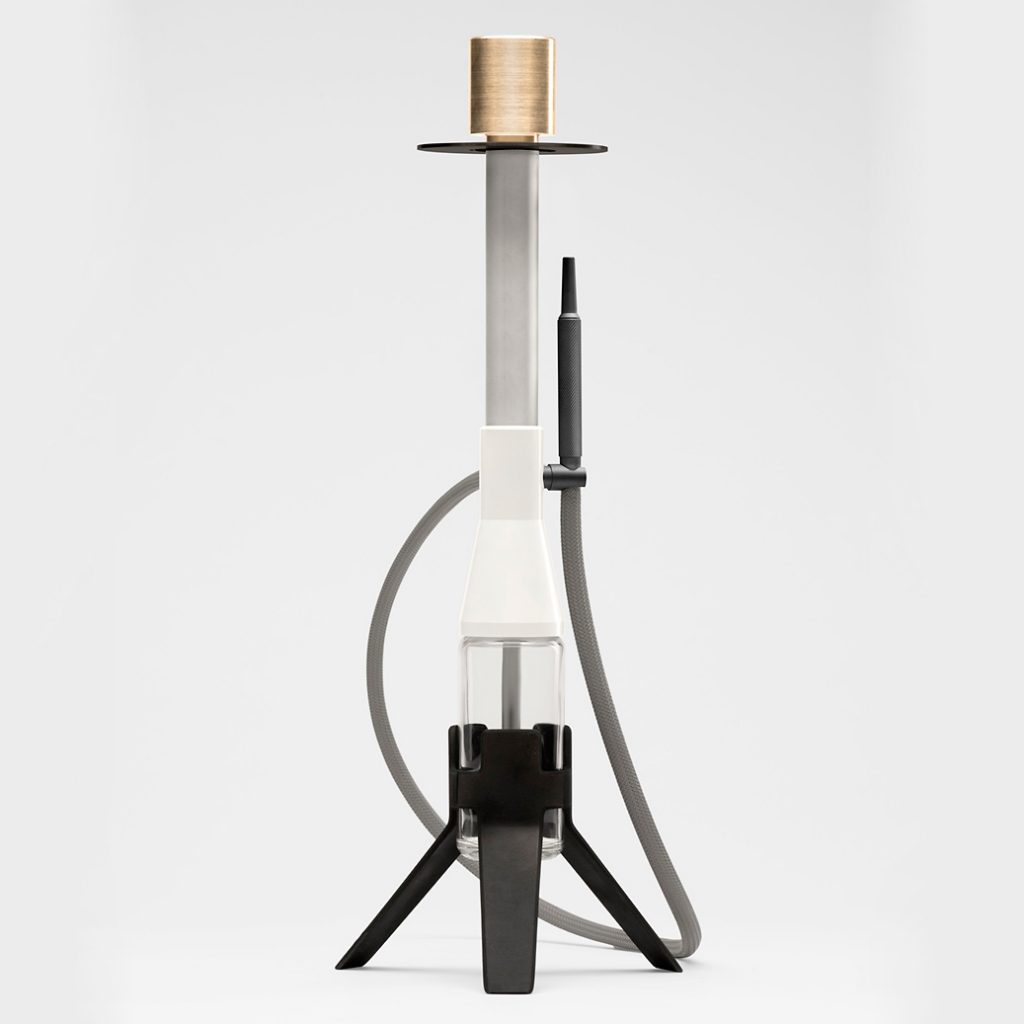Heir’s Understated, Ultra-Premium Waterpipe
The brand’s Waterpipe 13 applies a design-forward form to a traditional process
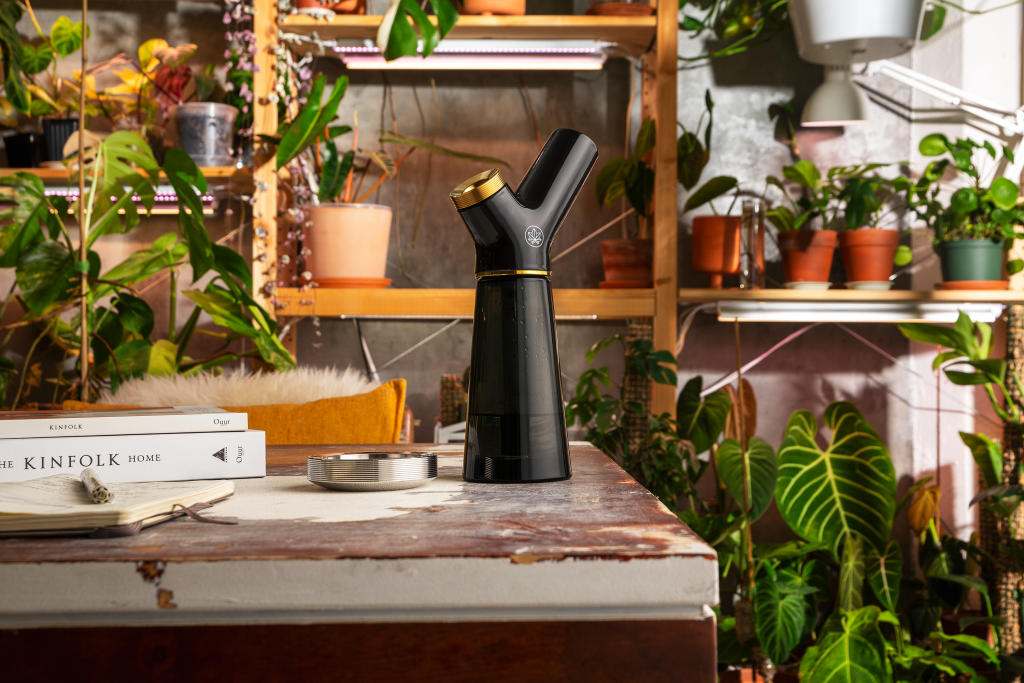
Heir‘s design-forward waterpipe comprises an ultra-wide, platter-like bowl made from stainless steel; a glazed, two-chamber ceramic neck; and a tempered glass body. It’s a stylish smoking accessory meant to enhance the experience through the improvement of the act (with cooler smoke and less mess) and an aesthetic overhaul that also makes it easier to clean.
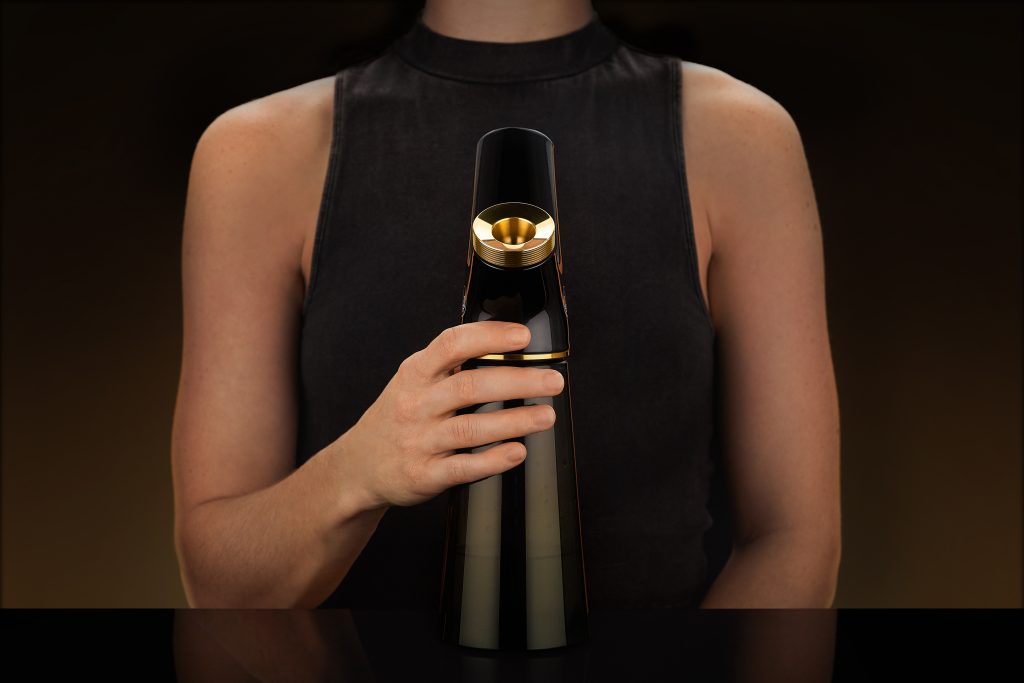
Out of the box, the Heir Waterpipe proves easy to assemble. Grooves mark places where parts connect, and filling the base with water and the bowl with material is just as straightforward. (Some smoking tools make these seemingly simple processes unnecessarily difficult.) Heir includes the tools for transferring or poking loose flower and a pipe-cleaner proportioned perfectly for the down-stem. But, even before our first session with the accessory, it was the device’s weight that we found impressive. Holding another similarly sized bong in one hand and the Heir in the other, we estimated the latter to be more than double the weight of the former. Heir founder and designer Paul Kalousek attributes this to the accessory’s “heirloom quality”—hence the brand’s name.
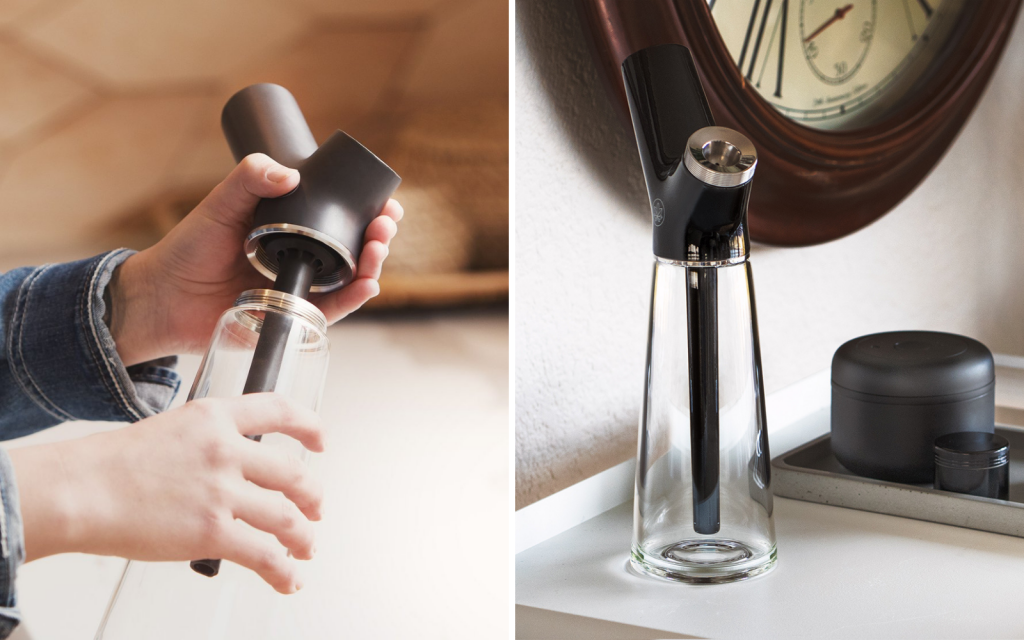
“Within this space, design has a lot of different meanings for a lot of different companies. My vision of good design is first and foremost long-lived product quality,” Kalousek tells CH. “So the basis for the waterpipe at the outset was to figure out a way to take one singular, artisanally made product and break it down in a way that makes it more useful. The second benefit of breaking it down is you have modularity that allows for replacements or upgrades, things that we’ve kind of come to expect from a lot of modern products. You know, you have a lifetime care type of backing with things like your blender—it isn’t just one single unibody thing.”

Heir’s waterpipe is a departure from the fragile, lab-like beakers, bongs and bubblers that smokers often encounter. Stereotypically, bongs are known for breaking or becoming muddied by resin. They’ve also been historically categorized as paraphernalia. Heir ditches the unibody form and detaches their waterpipe into four primary components, all designed to be cleaned and cared for individually. The bowl lifts out from the neck with a slight tug. Seven holes prevent clogging and the poker fits through each with ease. The glass is dishwasher-safe. The down-stem features an eight-slotted bottom, which prevents clogging and makes cleaning quick and easy. Inside the head, a closed-off bottom prevents water from splashing and a grooved, screw-like attachment system deters drops.
Though it’s more expensive than something you’d find at your local smoke shop, it’s far more considered and certainly offers a better overall experience. Kalousek likens launching their waterpipe to a start-up car company debuting a supercar as their first signature model: an innovative and future-thinking product that serves luxury consumers, but also inspires mid- and entry-level buyers.

That’s where the piece’s modularity steps in, offering a foundational screw-on system for future pieces and adaptors and cross-compatibility with past models. When Kalousek launched Smoked Glass bottoms, for example, previous customers could just purchase the glass for $40 instead of an entirely new piece. When Heir launches concentrate-accommodating bowls and chambers, they’ll be compatible too, standing by the founder’s promise to future-proof all of Heir’s products.
Kalousek strives to cover all of the essentials for one’s smoking ritual. And with federal legalization seemingly approaching in the US, Heir will be competing for shelf space and attempting to shift the consumer mindset from stinky, sticky and probably plastic pipes and bongs to designer water-pipes and higher-end accessories. But impending legalization isn’t just an opportunity to broaden the company’s customer base. Heir initially launched as Aura, and operated in Idaho from launch in 2017 up until earlier this year. A friendlier legal environment for a smoking accessories brands—including storefronts that stock Heir’s products—propelled Kalousek to relocate to Portland, OR.
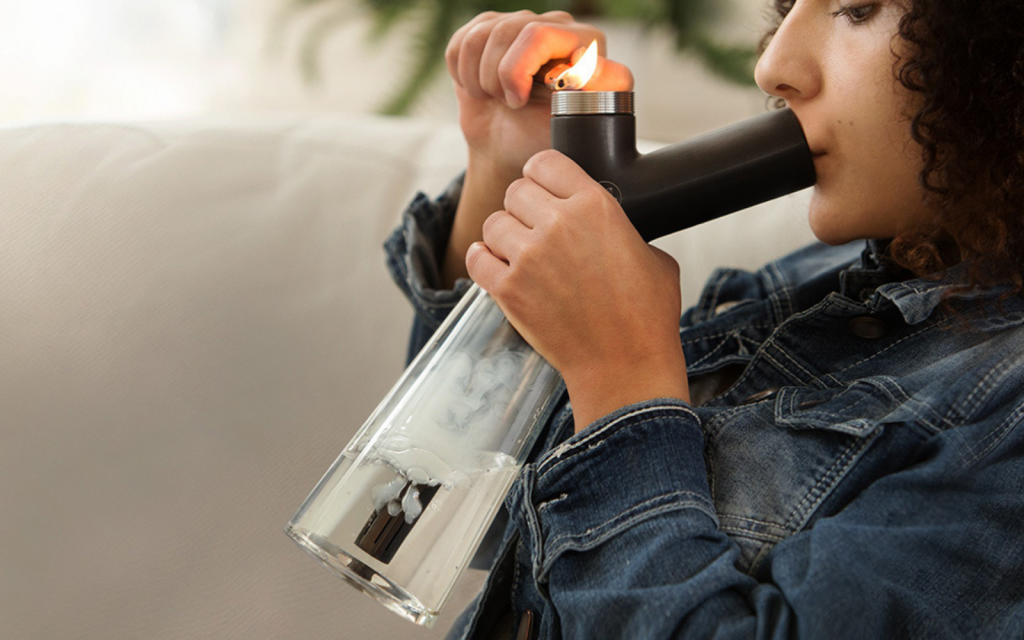
“I think this premium niche of better, more durable materials is going to continue to appeal to plenty of people who are saying, ‘Alright, it’s time to upgrade because I’ve broken 10 of these before and I’d like to get something that’s also backed by a company that is emphasizing performance in their products.’ I think our product will continue to be a kind of notch above the mainstream retail that we’ll see in a future legal America,” he explains. “But the biggest day-to-day motivation for me is just imagining someone, whether it’s a veteran who’s a medicinal user or maybe someone who has Crohn’s, benefitting from just smoking,” he says.
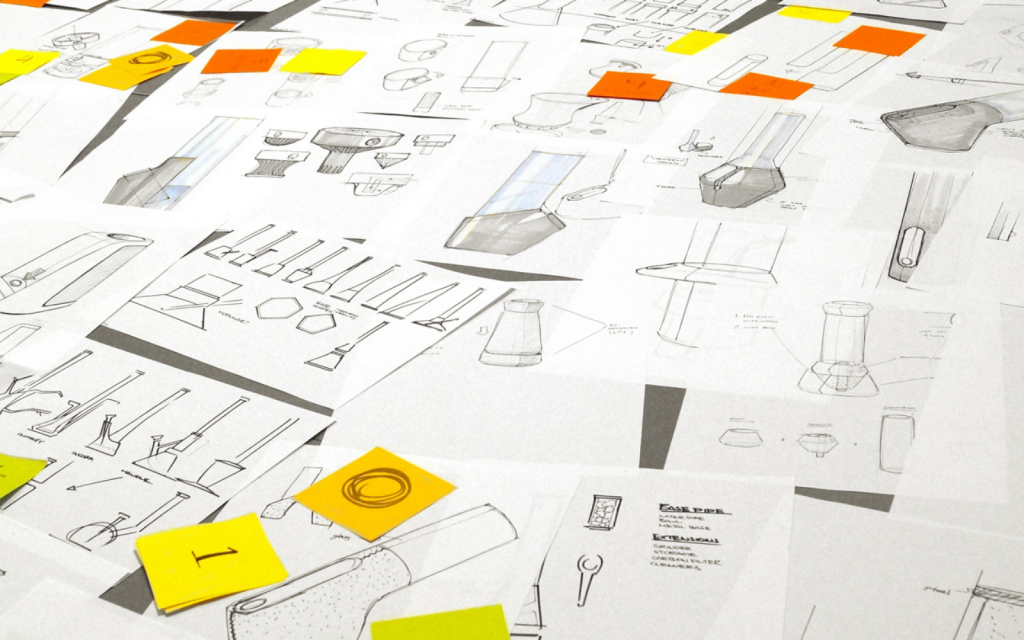
Right now, he’s developing other tools for consumption—ones that are more portable, too. “It is so much more of an exploratory, open-ended thing right now,” Kalousek says of his current designs. “I’m pulling a lot of references from things that are out there, things that are experiences people already have a set anchor point on—which is something like your standard grinder, or your standard tray. Then I’m looking at the experience of using those things. I’m just sketching on those interaction moments. Then I’m pulling, from that, ideas for refinement on that line of products. A lot of that happens on Post-It notes.” This process repeats itself until Kalousek’s sketches become products and those products become collections.
Images courtesy of Heir
